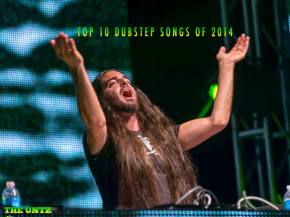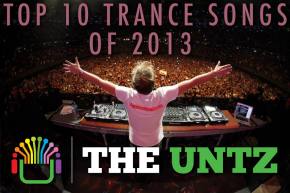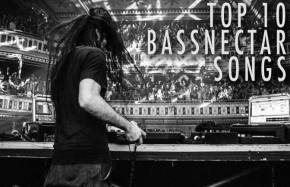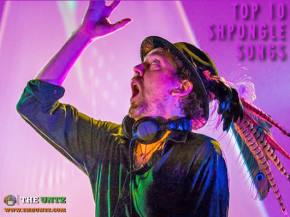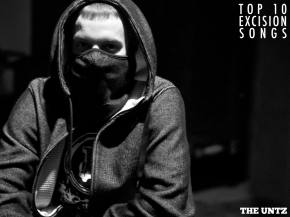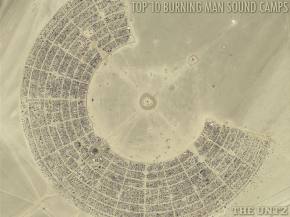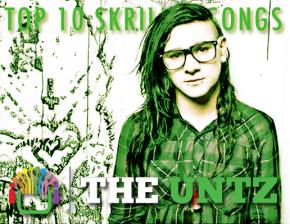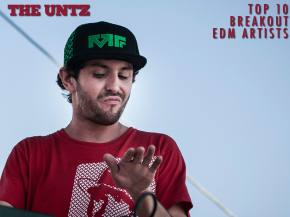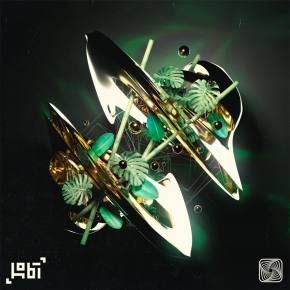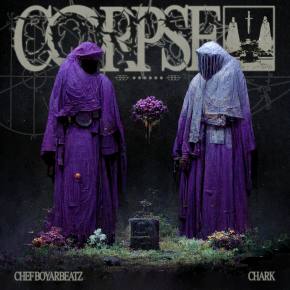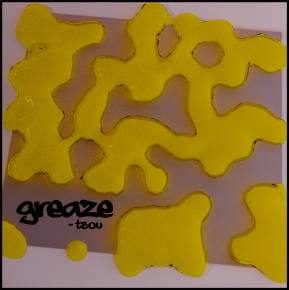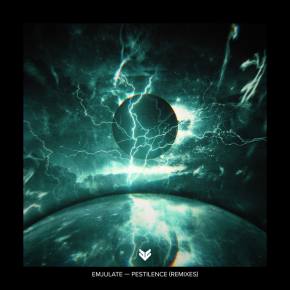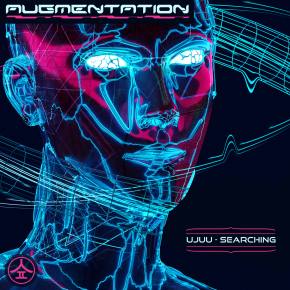Story/Interview by: Anand Harsh
Photos by: Lloyd Galbraith
 Triangulating the difference between 90's noise and shoegaze, and today's avant-garde bass music scene, Huxley Anne is poised on the cusp of a rather revelatory LP that will not go unnoticed in our corner of the industry. For years now, the shift towards a bass music record that is epic in scope and conceptual in nature has been hampered by the fact that so many of its producers are keen on the fist-pumping, peak-hour club mentality that will always send an artist scurrying towards easy, accessible, bite-sized chunks.
Triangulating the difference between 90's noise and shoegaze, and today's avant-garde bass music scene, Huxley Anne is poised on the cusp of a rather revelatory LP that will not go unnoticed in our corner of the industry. For years now, the shift towards a bass music record that is epic in scope and conceptual in nature has been hampered by the fact that so many of its producers are keen on the fist-pumping, peak-hour club mentality that will always send an artist scurrying towards easy, accessible, bite-sized chunks.
Huxley don't play that.
The LA-based auteur is clearly trying to do something grander, something substantial with her platform. On April 14th, she pushes Ilium out into the world on Dome of Doom, an Alpha Pup affiliate. The latter being a notable home for the aught's vibrant beat scene, this newer label's trajectory appears to include bold, bassy thought pieces; let's call them essays of deep, rich, and tangible substance.
Each track on Ilium metes out a certain justice to the backpackers and wallflowers who require some sort of depth amongst their desire for the visceral punch of sub-bass sounds. Today's fan is more thoughtful, more engaged, and ready to take a trip than I ever was when I was a part of that coveted “target demo.” And that is precisely why Huxley Anne is releasing just the right album at just the right time. The bass fan who wants more is there to embrace its eight cavernous, sprawling, and deeply entangled tracks—and if they aren't, they're wrong, because if Mary Ann Hobbs already has your back, you've got the all the seal of approval you ever need.
 Huxley Anne will be joining her cutting-edge bretheren in NastyNasty, Ivy Lab, Tsuruda, Sayer, and more at The Untz Festival from June 2-4 in Mariposa, California. We count our blessings that she has staked out her territory on our lineup, because someone needs to put the “art” in party, right? Visit www.theuntzfestival.com to snag your tickets and stake out your own claim in central California alongside us.
Huxley Anne will be joining her cutting-edge bretheren in NastyNasty, Ivy Lab, Tsuruda, Sayer, and more at The Untz Festival from June 2-4 in Mariposa, California. We count our blessings that she has staked out her territory on our lineup, because someone needs to put the “art” in party, right? Visit www.theuntzfestival.com to snag your tickets and stake out your own claim in central California alongside us.
In the midst of the run up to the album's release, she kindly took some time to answer some questions I had for her about Ilium and the scene, in general, and she also kindly gave us first crack at “Aphro Dye,” a gripping taste of what's to come on the album's release this Friday.
The intersection of art and music seems to be felt more keenly by you than most operating in the sonic medium. Your deep appreciation and understanding of Twombley and Garcia Lorca give me the sense that Ilium as a whole is more of an art piece than a collection of your hottest peak-hour bangers.
I have always drawn inspiration from the art world—I consider myself an electronic artist first and foremost. I’ve never really understood the lines between art and music, for me, both realms are key for my creative process. I think of them as one and the same, art is music, music is art. With Ilium, I wanted to explore the art form of the full-length LP—and the narrative behind the record is more introspective and emotional than some of the other ideas I work with when writing songs for the club. That’s what I’m going for—not really a collection of bangers, but the creation of a meaningful narrative expressed through a sonic medium.
Are you coming for a visual medium or art history background? Are you trying to bridge the worlds of painting, poetry, and production with this studio effort?
 My background is a collage of visual mediums, art installations, dance, performance, and sound experiments. With this record, I wasn’t necessarily trying to bridge those worlds—it’s more like those worlds are all a part of the world I created when I wrote the record, so they are embedded within it as sources of my inspiration. Those influences are essential to situating my work within contemporary art as well, and they aim to challenge what contemporary means to society in 2017. Can electronic music be considered contemporary art? I believe it can be, and it needs to be, as more and more artists are working and connecting through technology, and using these new mediums as authentic outlets for expression.
My background is a collage of visual mediums, art installations, dance, performance, and sound experiments. With this record, I wasn’t necessarily trying to bridge those worlds—it’s more like those worlds are all a part of the world I created when I wrote the record, so they are embedded within it as sources of my inspiration. Those influences are essential to situating my work within contemporary art as well, and they aim to challenge what contemporary means to society in 2017. Can electronic music be considered contemporary art? I believe it can be, and it needs to be, as more and more artists are working and connecting through technology, and using these new mediums as authentic outlets for expression.
Finally, is it a surprise to you that this scene, which is dominated by adolescent man-children, is suddenly ground zero for an avant-garde sonic movement the likes of which we haven't experienced (if ever) since punk's heyday?
I think the avant-garde aspects of this sonic movement are exciting and interesting, not surprising. Sound is being integrated into so many aspects of modern life, it isn’t something you only hear at a concert, or on a record. As this integration progresses, the role of the electronic artist has to evolve and adapt—basically at the same pace as technology itself. Artists who are thinking like that, who are grasping the revolution that is occurring as sound is integrated into our homes, wirelessly floating around us with Bluetooth, surrounding us in VR environments, and being presented in new, innovative spatial environments in galleries and festivals around the world—those artists are excited by the movement that is happening. The traditional boundary lines between genres are blurring, and I think people on that wave are not adolescent man-children, they are men and women who are pushing for a progressive future and the development of a meaningful sonic culture.
Tags: Electronica




